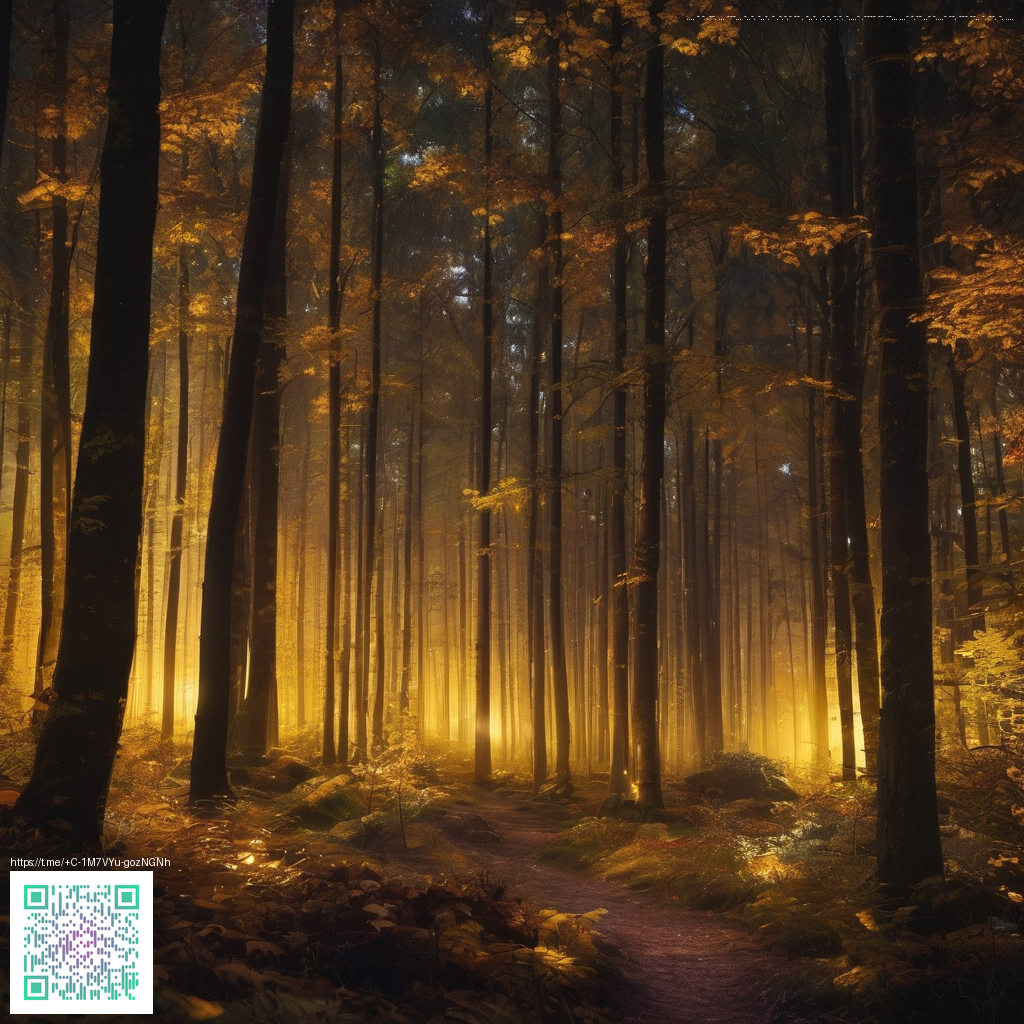
The Eternal Funeral Procession
In Hollowmere, dusk carries a rumor that the dead rise to march, and the living must chase the echo of their last goodbye. The road along the river is not a street but a string wound tightly around the town, and every evening it tightens a little more. The procession begins at the church steps, a line of robes as black as wet stone, lanterns guttering like tired stars, and a drumbeat that feels like a heartbeat you forgot you had.
I am Mara, keeper of the graveyard, a watcher who counts footsteps as if they were prayers. For ten harvests I have logged the cadence: one, two, three, a measured sigh as the first coffin wheels clack over the cobbles; then the soft murmur of mourners, the rustle of cloth, the distant toll of a bell that never forgets a name. The same faces appear each year—some bent with age, others wearing the mask of fresh sorrow—but the road grows longer, the songs more haunting, and the air more saturated with rain and memory.
There is a ritual to it, a logic that makes a kind of sense in a town where grief is a weather system. The living step out to honor the dead, and the dead march to honor the living who still pretend they can live without their losses. The processional march goes in circles, a river that refuses to drain, looping back to the church as midnight coughs its last breath. If you listen closely, the wheels sound almost like lungs filling with cold air; if you watch too long, you start to forget where you began and where you belong.
“They tell you the dead sleep, but the living wake to carry their memories.”
One night, a pale lantern bobbed at the rear of the line, carried by a figure I did not recognize—the kind of presence that makes you want to look away and cannot. The crowd did not part for it; it moved with us, as if it had always been inside the line, as if time itself were a seam that had been sewn shut and then stubbornly ripped open again. The procession widened and narrowed like a pulse, and the lake at the town’s edge reflected not faces but futures, each window a door into what might be if the pain we carry ever let us put it down.
We reached the old mill road, where the air tasted of iron and rain, and the Conductor appeared—a man in a cloak stitched with ribbons of every funeral that ever mattered here. He did not shout; he spoke in the language of weathered stone and agreed-upon silence. “We are here because you refuse to let go,” he said, eyes bright behind his veil. “Tell me the truth you’ve buried, and the march ends.”
- Step deep into the knowledge you have kept in velvet drawers of memory.
- Name the ache you refuse to forgive.
- Allow the grief you shield to loosen its grip on the living and the dead alike.
I thought of my sister, lost to a winter that came too soon, and of the letters I never sent, the apologies I never spoke aloud. With a breath that tasted like ink and rain, I spoke the name I kept hidden from the world. The air trembled; the drums faltered; the lanterns steadied, then dimmed, and the road opened a little where it had always closed too tightly. The procession did not end in triumph but in a quiet surrender, a release that felt like frost turning to dew.
We walked on, but the road was new that night, as if the town had exhaled a sigh it had been holding forever. The eternal march did not vanish; it transformed—into a slower, gentler cadence that allows both the living and the dead to breathe. And somewhere beyond the church bells, a fresh refrain began—an invitation to walk a while longer, together, until memory and mercy find their balance at last.